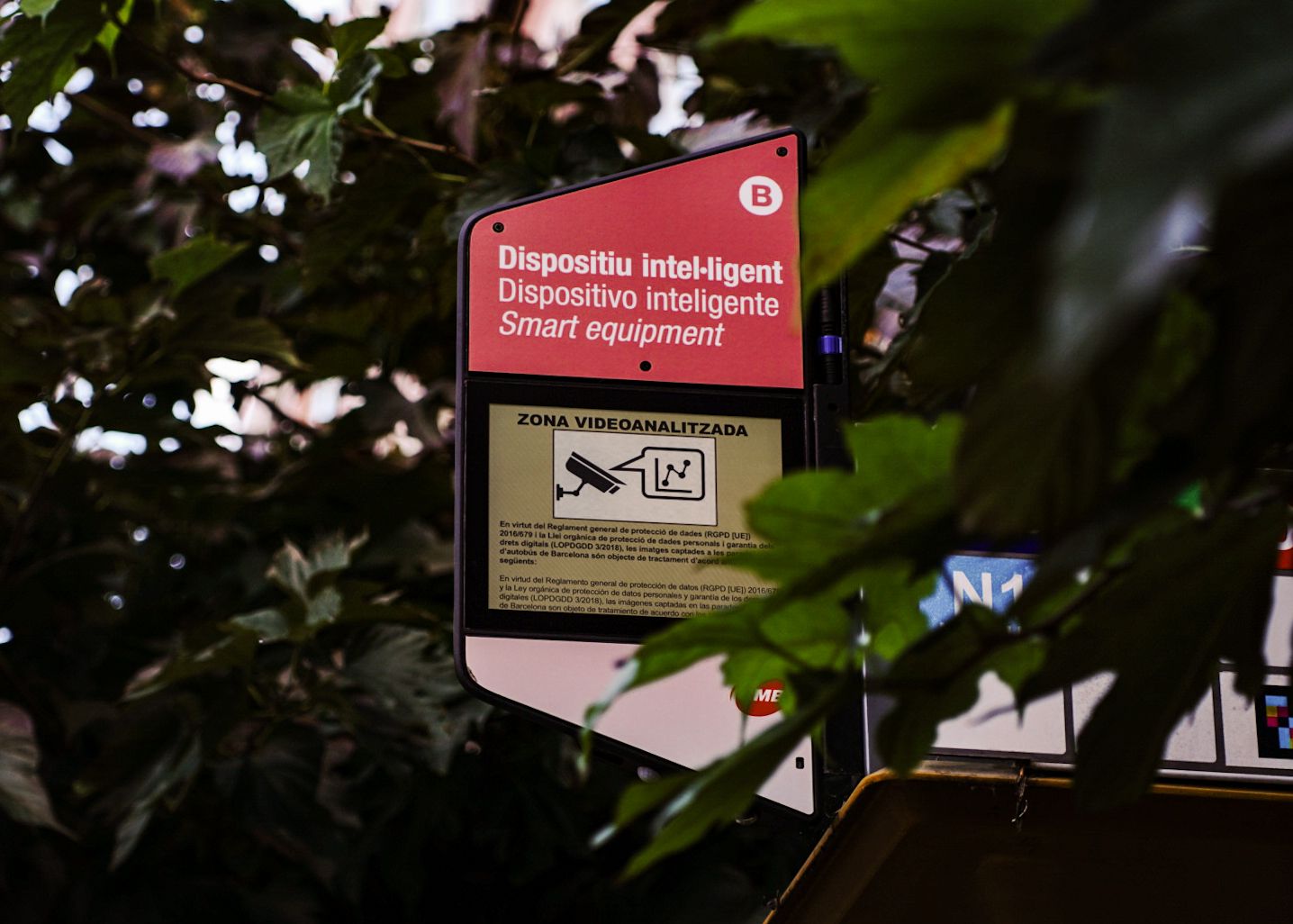
Source: David Guerrero, “Cámaras en la parada del autobús para gestionar mejor la demanda,” La Vanguardia, 6 Nov 2025. https://www.lavanguardia.com/local/barcelona/20251106/11239016/camaras-parada-autobus-barcelona-gestion-mejor-demanda.html
Barcelona has taken a bold step toward smarter, safer, and more efficient public transit. In a city known for its vibrant avenues and ever-growing mobility demands, Transports Metropolitans de Barcelona (TMB) has launched a pilot project using AI-enabled cameras at 14 bus stops. The initiative—developed by BusPas, a Canadian technology company specializing in intelligent mobility—marks a milestone in Europe’s transition to data-driven transit management.
From Blind Spots to Smart Stops
For decades, buses have operated with one critical blind spot: the stop itself. While metros and trains rely on platform sensors and CCTV to detect overcrowding, bus networks have traditionally lacked real-time visibility into passenger demand. Information about crowding reached control centres only when drivers manually signaled that buses were full.
That’s now changing. Each of the pilot shelters across Barcelona is equipped with a discreet edge-AI camera module capable of detecting patterns of movement, density, and queue formation—without recording identifiable faces. By focusing on anonymous motion data, the system adheres to GDPR and EU privacy standards, turning traditional surveillance into a privacy-compliant insight engine.
“This will allow us to regulate service levels and adapt supply to demand by knowing, in real time, how many people are waiting at each stop,” explains Margarida López, TMB’s head of innovation, in remarks to La Vanguardia.
Real-Time Data, Real-World Benefits
The BusPas system does more than count passengers. It can help transit planners analyze behavioural patterns—for instance, understanding how often commuters decide to leave a stop after checking digital wait-time screens. Such insights give cities a powerful feedback loop to adjust schedules, routes, or even marketing around punctuality and reliability.
Behind the scenes, the technology runs on the BusPas ORA Cloud, an urban analytics platform that aggregates data from sensors, signs, and cameras to visualize activity across the network. For TMB, this means that what was once anecdotal or delayed information now becomes real-time operational intelligence.
“Our platform delivers a live digital dashboard for TMB, showing key mobility indicators city-wide,” says Simon Emery, BusPas Business Director. “The ability to see passenger flow dynamically—while maintaining privacy—helps agencies make data-backed decisions faster.”
Born from the Barcelona Innova Lab Mobility
The pilot stems from a challenge launched by the Barcelona Innova Lab Mobility, a joint initiative by the City Council and Fira de Barcelona. BusPas emerged as the winning company, having already demonstrated similar solutions at the Smart City Expo World Congress in 2024.
Adapting its North-American edge-computing models to European data-protection frameworks delayed implementation slightly, but it also resulted in a system tailor-made for European cities. The outcome aligns with a growing European mobility trend: local data sovereignty combined with global innovation partnerships.
Part of a Broader Trend in Intelligent Enforcement
Barcelona’s experiment mirrors another recent TMB test—an onboard camera system from Hayden AI that detected more than 2,500 illegal bus-lane incursions in just one month. While that enforcement pilot remains under regulatory review, it underscores how computer vision is rapidly reshaping the way cities manage urban mobility.
BusPas’s approach differs: it focuses not on punishment but on optimization—using AI to reduce wait times, balance passenger loads, and improve safety at the curb. Yet both initiatives point to the same future: an intelligent transport network that “sees” itself in real time.
Why This Matters for Cities Everywhere
Cities worldwide are grappling with post-pandemic ridership recovery, driver shortages, and fluctuating traffic patterns. Traditional scheduling tools can’t react quickly enough to sudden surges—be it a concert, a protest, or a storm. With AI-based occupancy monitoring, transit agencies can reassign buses dynamically, reroute resources, and communicate updates instantly to riders.
For BusPas, whose Safer Smart Zones and SmartSign technologies are already active in cities from Montréal to Miami, the Barcelona pilot demonstrates how scalable, GDPR-compliant AI can work at a European level.
As the pilot runs through June 2026, TMB will evaluate whether to deploy the technology permanently. If results mirror early expectations, the project could serve as a blueprint for global smart-mobility integration, influencing how public agencies measure and manage demand—not just for buses but for every mode of shared transport.
The Bigger Picture: Building Cities That Listen
The promise of smart infrastructure lies not in surveillance but in situational awareness—giving cities the ability to listen, respond, and evolve in real time. By transforming the humble bus stop into a node of digital intelligence, Barcelona signals the next chapter in urban innovation.
From the driver rushing to keep schedule to the commuter deciding whether to wait or walk, every micro-moment in public transit tells a story. With BusPas technology, that story is finally visible—and actionable.






